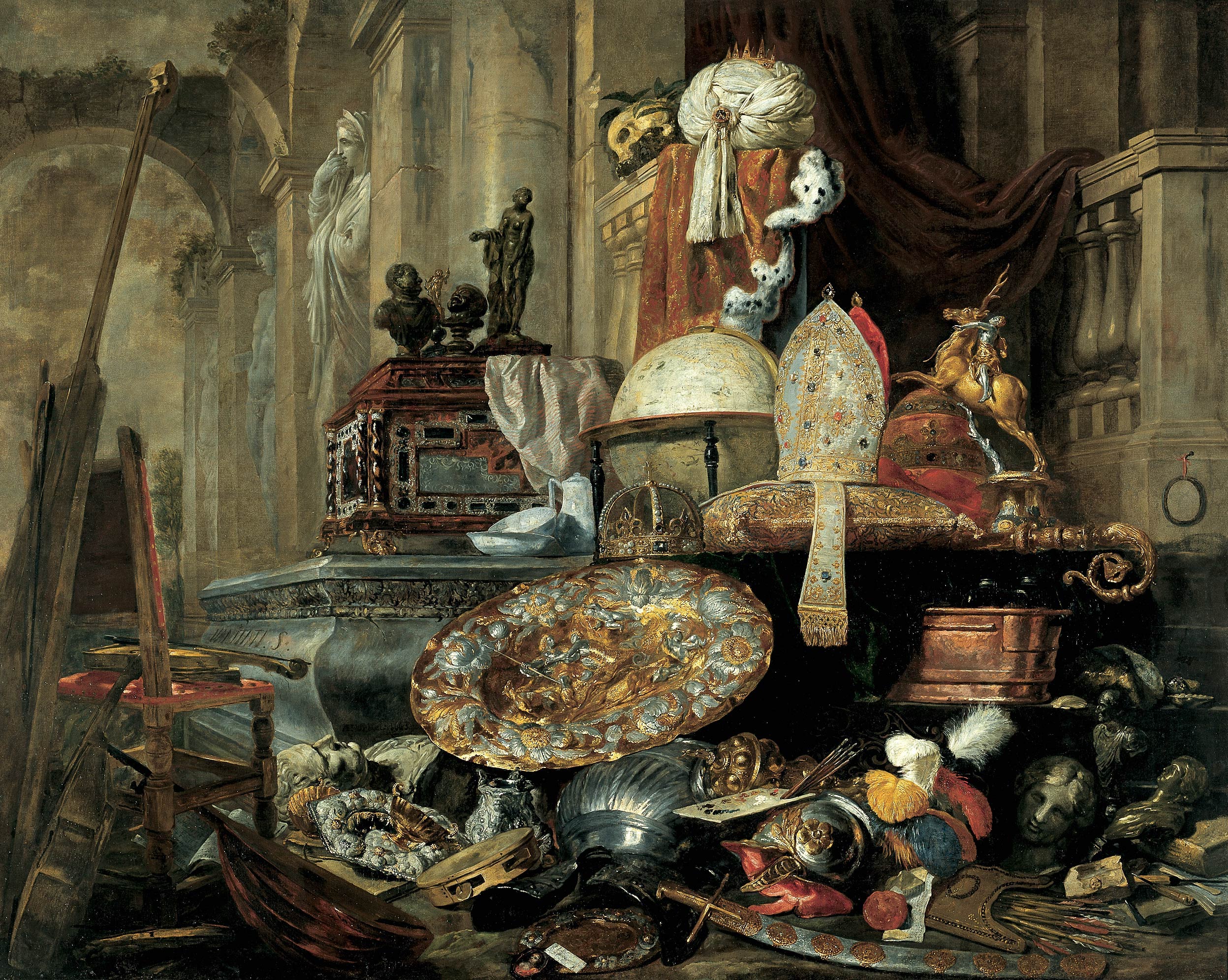Introducing this part of the Website and our
distinguished author, Dr Paul Julienne, who will be heading this section
We live and work in a contemporary world that is dramatically changed from the world of our ancestors—just think of communications, transportation, and medical care. The natural sciences and the technology that flows from them provide powerful streams that shape our changing world. Religion also has been and continues to be a significant force that shapes life and culture. Yet there is a widespread cultural assumption that science and religious faith exist in a state of intrinsic conflict. But need this be the case? This question is important to scientists, believers, and to our culture at large. It is a question in which I have had a long interest.
Consequently, this blog series will explore the question of whether science and Christian faith, in particular, can live together in harmony. While I will offer my own insights as a professional physicist and an Anglican in the catholic tradition, I will draw upon the perspectives of contemporary scientists, Anglicans, and other sources from antiquity to the present. Examples of Anglican theologians who are doing outstanding work in this area are Alister McGrath of Oxford and Sir John Polkinghorne of Cambridge. Of course, there is also the incomparable C. S. Lewis.
The basis thesis of the series is that there is nothing in the full range of the natural sciences–physical, biological, or bio-medical–that necessarily conflicts with a robust Christian theology centered on the person Jesus of Nazareth understood as being fully God and fully human. This is not to say that there are no points of conflict or difficulty between the sciences and some avenues of Christian thought. Rather, the most fruitful way for science and Christian faith to interrelate to one another is for each to be faithful to the reality with which it seeks to engage in ways that are appropriate to that reality.
What might any this have to do with the Book of Common Prayer? Common Prayer reflects an outwardly oriented activity of a community, embodying practices established over time that shape, form, and inspire its members. Science, of course, is carried out by a community of scientists according to well-established methods, practices and outcomes oriented towards an external world according to what a particular “science” is. A science student seeking to join such a “scientific” community has to trust the texts and the members of the community to teach him how to become a successful practitioner. It is not just an individual effort, nor something the individual makes up. Perhaps the community of science and the community of faith will turn out to have more in common that either appreciates.
________________
Brief Biography: Paul S. Julienne is retired from his career as a physicist at the National Institute of Standards and Technology and the Joint Quantum Institute of NIST and the University of Maryland. He has published over 250 scientific papers on the theory of quantum processes in atomic, molecular, and optical physics. He has been a member of Truro Anglican Church in Fairfax Virginia for more than 40 years.

